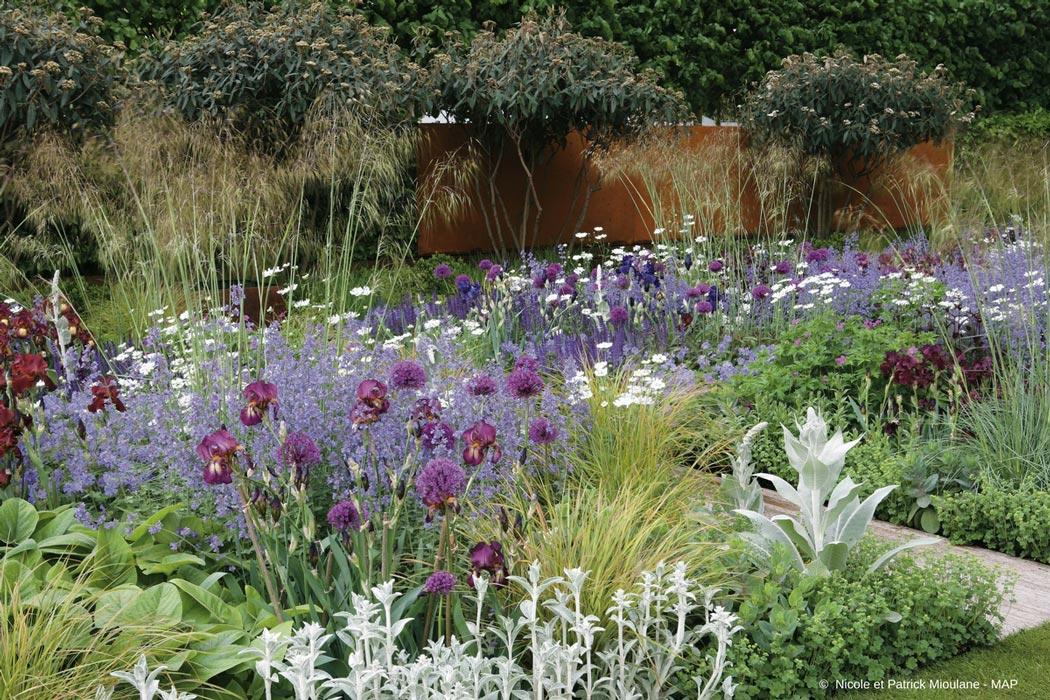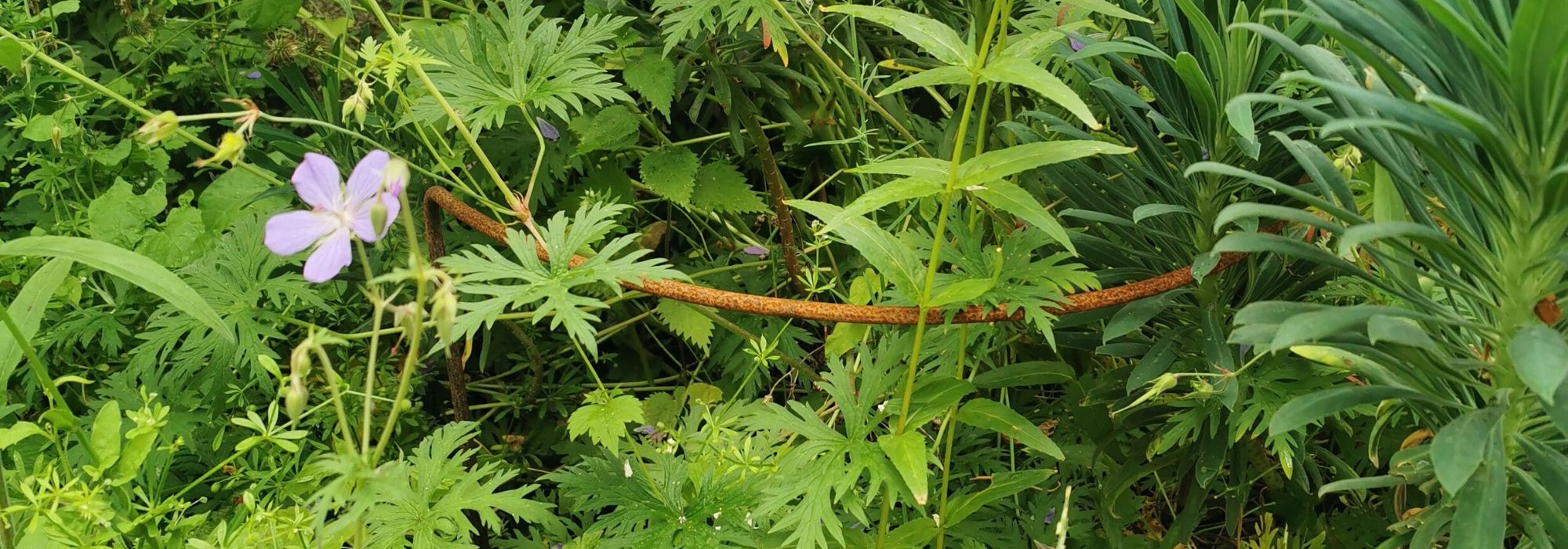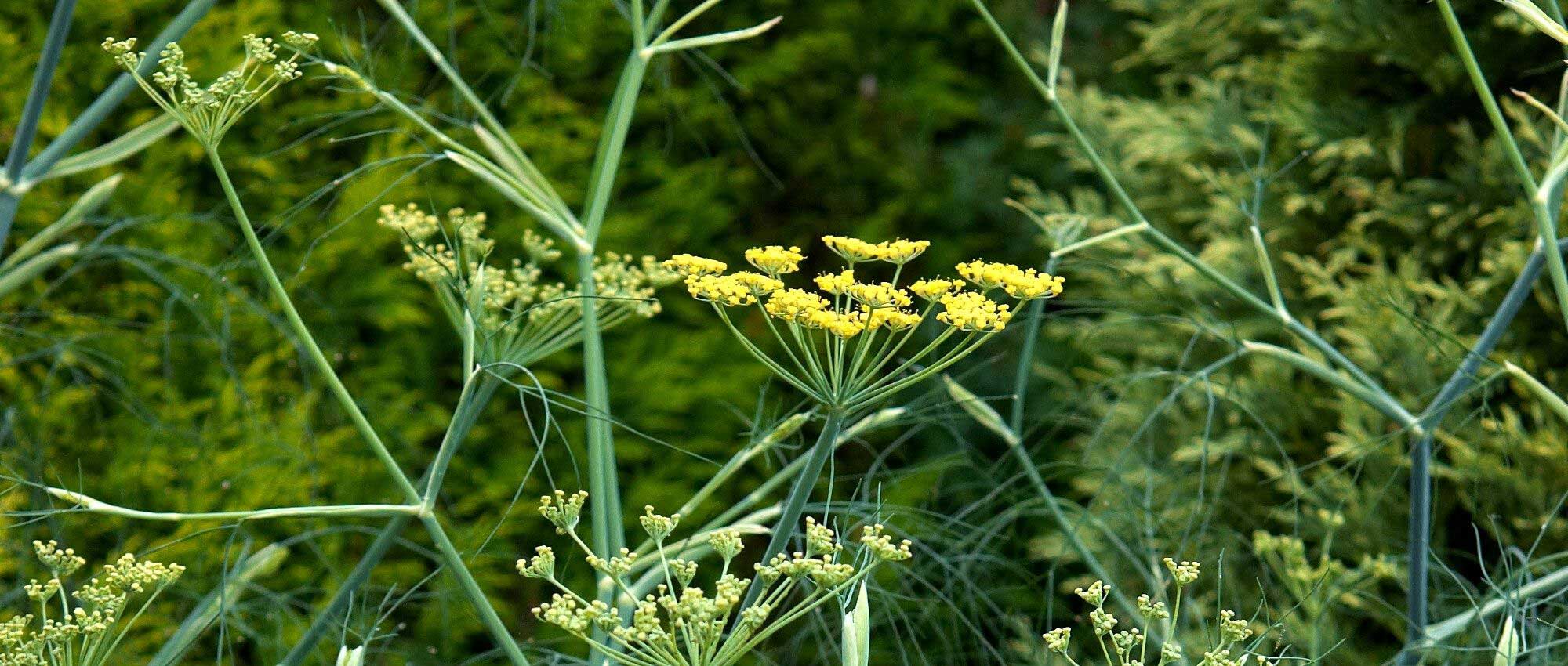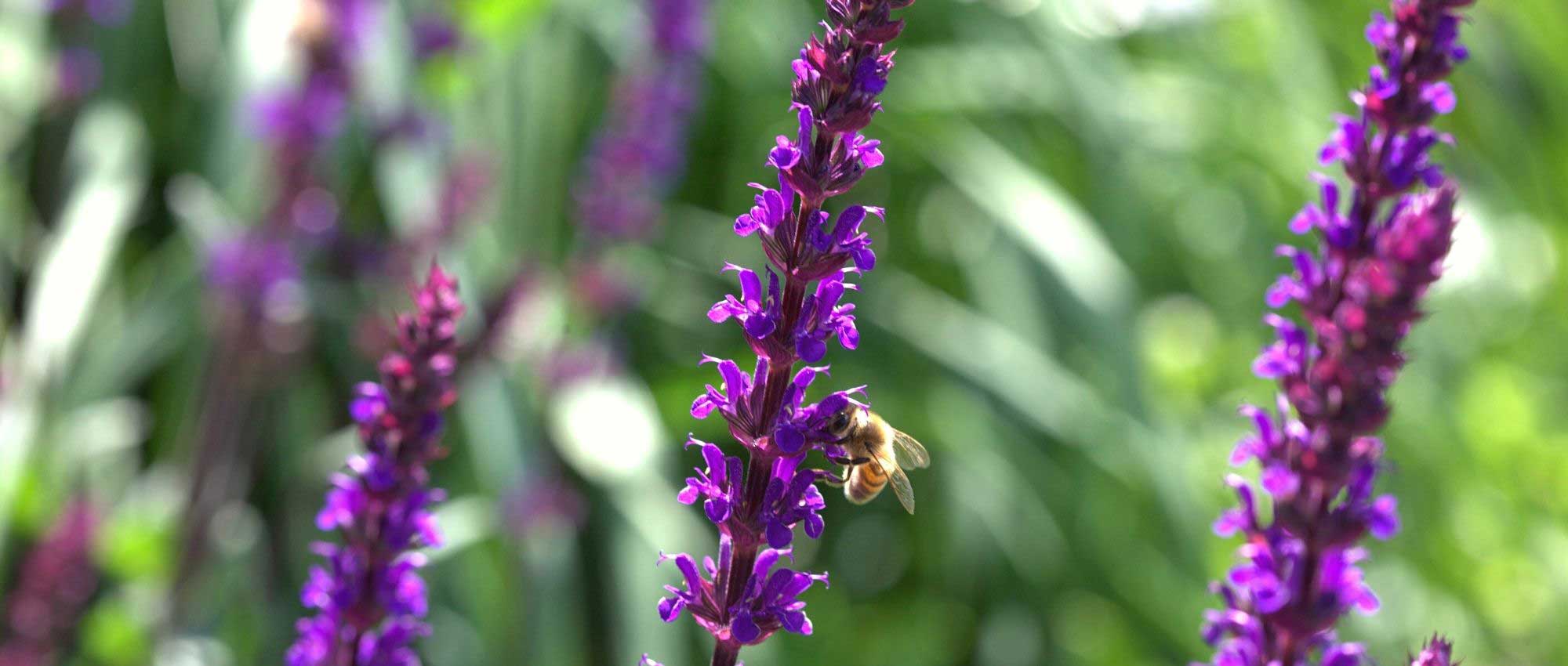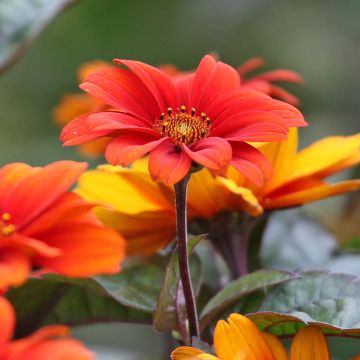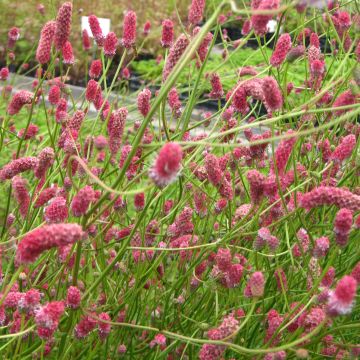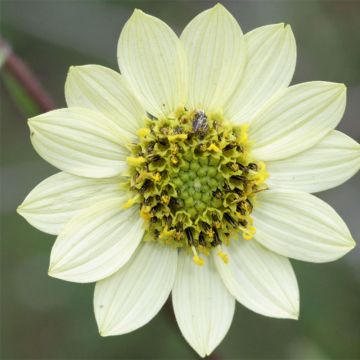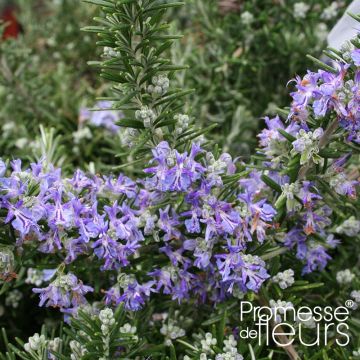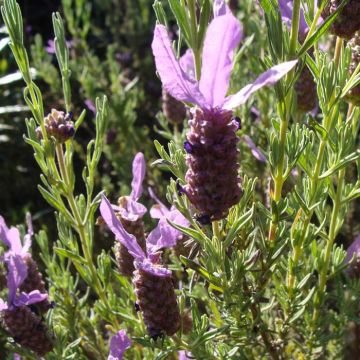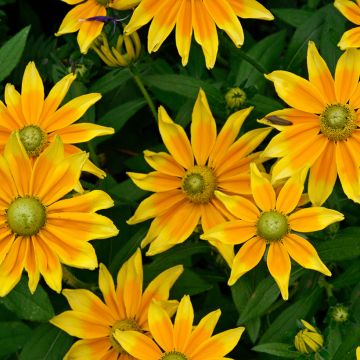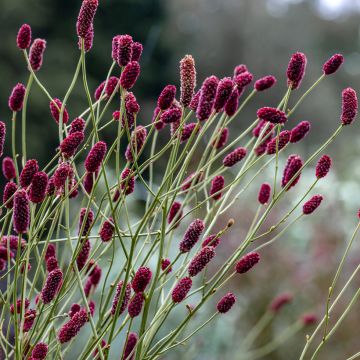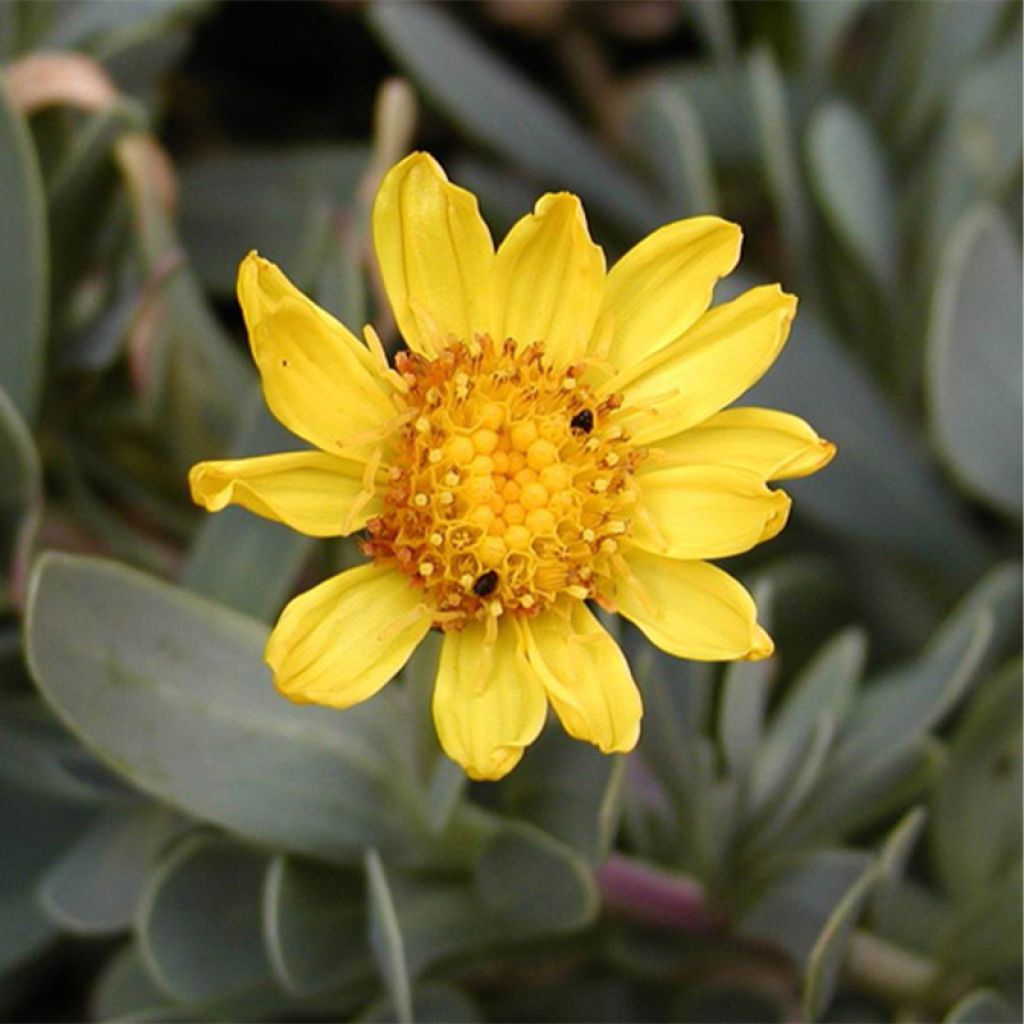

Othonna ou Othonnopsis cheirifolia - Othonne à feuilles de giroflée
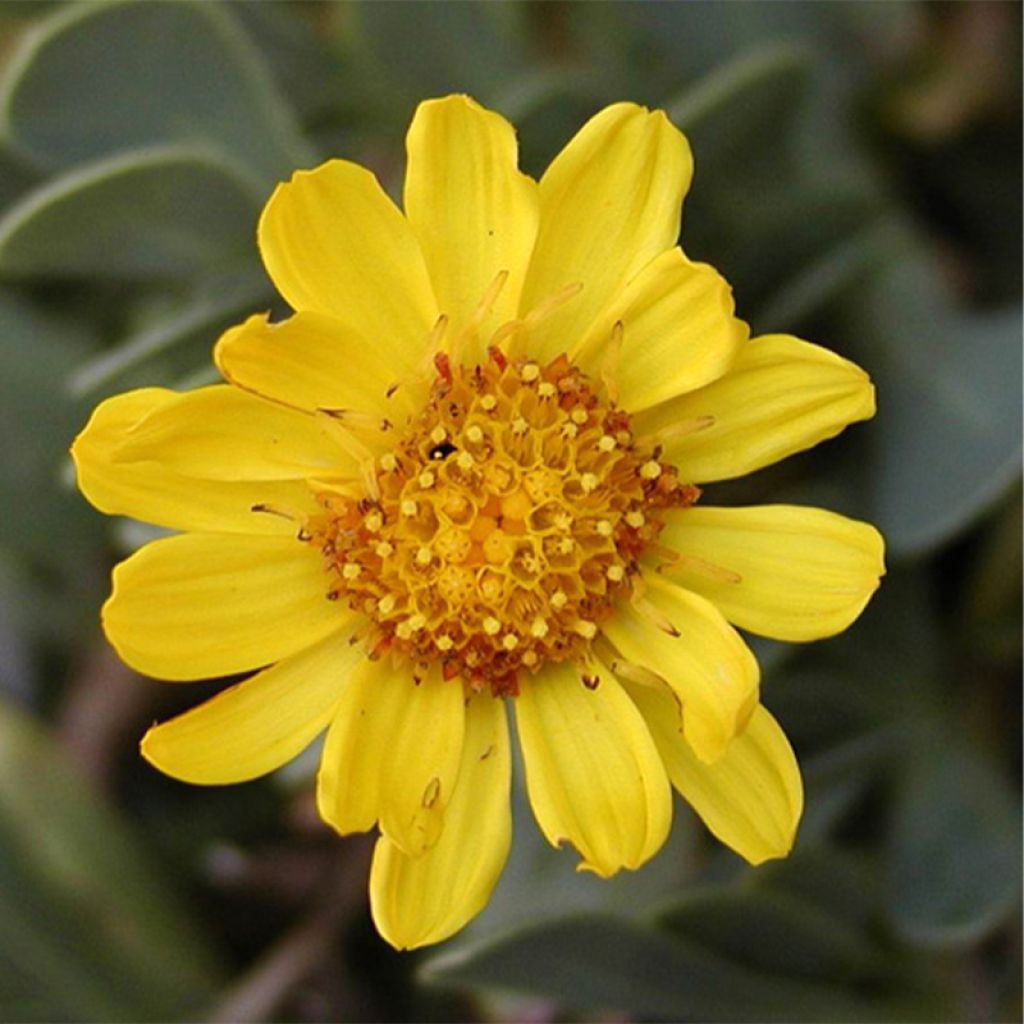

Othonna ou Othonnopsis cheirifolia - Othonne à feuilles de giroflée
Othonna cheirifolia
Othonna cheirifolia
Barberry Ragweed
Special offer!
Receive a €20 voucher for any order over €90 (excluding delivery costs, credit notes, and plastic-free options)!
1- Add your favorite plants to your cart.
2- Once you have reached €90, confirm your order (you can even choose the delivery date!).
3- As soon as your order is shipped, you will receive an email containing your voucher code, valid for 3 months (90 days).
Your voucher is unique and can only be used once, for any order with a minimum value of €20, excluding delivery costs.
Can be combined with other current offers, non-divisible and non-refundable.
Home or relay delivery (depending on size and destination)
Schedule delivery date,
and select date in basket
This plant carries a 12 months recovery warranty
More information
We guarantee the quality of our plants for a full growing cycle, and will replace at our expense any plant that fails to recover under normal climatic and planting conditions.

Does this plant fit my garden?
Set up your Plantfit profile →
Description
Othonna or Othonnopsis cheirifolia, known as the Gillyflower-leaved Othonna, is also named Hertia cheirifolia in Algerian floras to which it belongs. It is a vigorous perennial plant with a woody stump that forms a small, low, dense and wide bush, adorned with beautiful silver-green leaves, decorative even in winter. Its very cheerful flowers, which resemble small golden daisies, bloom between February and July depending on the climate. It is a must-have for the Mediterranean garden without watering to vegetate a raised bed, a rockery, a dry slope. Its stems gracefully cascade from flowerpots and containers.
Othonna cheirifolia belongs to the family of Asteraceae. Here is a species native to North Africa, spontaneous in Algeria up to the Saharan Atlas and in Tunisia where it is found on slopes in arid areas. Its woody stump gives rise to slightly upright, short and branched stems, forming a bushy and compact mass of at least 20-30cm (8-12in) in height and 60cm (24in) in width. The stems root upon contact with the ground, allowing it to spread. Its foliage, evergreen in winter, consists of spatulate leaves measuring on average 10cm (4in) long and 2cm (1in) wide. Their thick and flattened lamina, almost succulent, is a very soft green-grey. These leaves are regularly and vertically arranged on the stem. The flowering can start as early as the end of February in the South. In cooler regions, it blooms from May to July. It takes the form of 4cm (2in) diameter heads, composed of bright yellow ligulate florets surrounding a yellow centre, borne on taller stems than the vegetation. This flowering is visited by pollinating insects.
The Gillyflower-leaved Othonna is decorative all year round and looks superb in a mineral landscape. It is a good ground cover that can be used on a slope or above a stone wall where it will cascade beautifully, along with Euphorbia myrsinites, Tanacetum haradjanii, Erigeron karvinskianus, and Centaurea ragusina and C.pulcherrima: the result is absolutely magnificent!
Report an error about the product description
Othonna cheirifolia in pictures
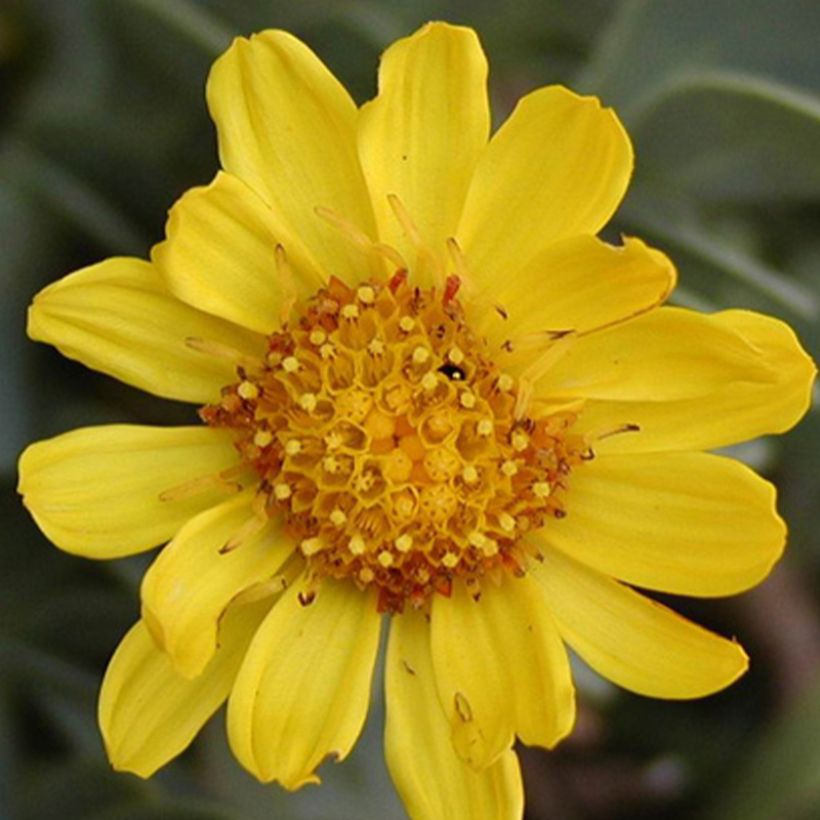

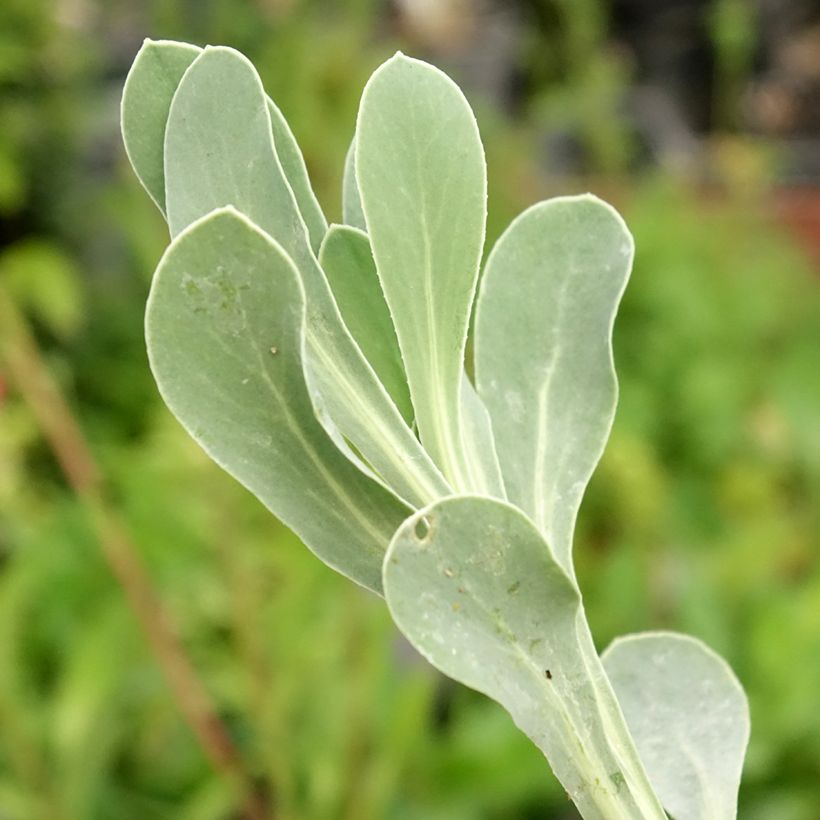

Flowering
Foliage
Plant habit
Botanical data
Othonna
cheirifolia
Asteraceae
Barberry Ragweed
North Africa
Planting and care
Othonna cheirifolia is a plant well adapted to the climate of the Mediterranean hinterland, both hot and very dry in summer and quite harsh in winter. It requires a well-drained soil, preferably quite poor, even limestone and rocky, to withstand the rigours of winter (down to -12 °C (10.4°F)). It is not very demanding, but it dreads heavy soils, both wet and frozen in winter. Plant it after the last frost north of the Loire, and in September-October in a hot and dry climate. Install it in full sun. Once well rooted, this plant can do without watering in summer, even in our driest regions. To rejuvenate it after a few years, prune it quite short at the end of winter.
Planting period
Intended location
Care
Planting & care advice
This item has not been reviewed yet - be the first to leave a review about it.
Similar products
Haven't found what you were looking for?
Hardiness is the lowest winter temperature a plant can endure without suffering serious damage or even dying. However, hardiness is affected by location (a sheltered area, such as a patio), protection (winter cover) and soil type (hardiness is improved by well-drained soil).

Photo Sharing Terms & Conditions
In order to encourage gardeners to interact and share their experiences, Promesse de fleurs offers various media enabling content to be uploaded onto its Site - in particular via the ‘Photo sharing’ module.
The User agrees to refrain from:
- Posting any content that is illegal, prejudicial, insulting, racist, inciteful to hatred, revisionist, contrary to public decency, that infringes on privacy or on the privacy rights of third parties, in particular the publicity rights of persons and goods, intellectual property rights, or the right to privacy.
- Submitting content on behalf of a third party;
- Impersonate the identity of a third party and/or publish any personal information about a third party;
In general, the User undertakes to refrain from any unethical behaviour.
All Content (in particular text, comments, files, images, photos, videos, creative works, etc.), which may be subject to property or intellectual property rights, image or other private rights, shall remain the property of the User, subject to the limited rights granted by the terms of the licence granted by Promesse de fleurs as stated below. Users are at liberty to publish or not to publish such Content on the Site, notably via the ‘Photo Sharing’ facility, and accept that this Content shall be made public and freely accessible, notably on the Internet.
Users further acknowledge, undertake to have ,and guarantee that they hold all necessary rights and permissions to publish such material on the Site, in particular with regard to the legislation in force pertaining to any privacy, property, intellectual property, image, or contractual rights, or rights of any other nature. By publishing such Content on the Site, Users acknowledge accepting full liability as publishers of the Content within the meaning of the law, and grant Promesse de fleurs, free of charge, an inclusive, worldwide licence for the said Content for the entire duration of its publication, including all reproduction, representation, up/downloading, displaying, performing, transmission, and storage rights.
Users also grant permission for their name to be linked to the Content and accept that this link may not always be made available.
By engaging in posting material, Users consent to their Content becoming automatically accessible on the Internet, in particular on other sites and/or blogs and/or web pages of the Promesse de fleurs site, including in particular social pages and the Promesse de fleurs catalogue.
Users may secure the removal of entrusted content free of charge by issuing a simple request via our contact form.
The flowering period indicated on our website applies to countries and regions located in USDA zone 8 (France, the United Kingdom, Ireland, the Netherlands, etc.)
It will vary according to where you live:
- In zones 9 to 10 (Italy, Spain, Greece, etc.), flowering will occur about 2 to 4 weeks earlier.
- In zones 6 to 7 (Germany, Poland, Slovenia, and lower mountainous regions), flowering will be delayed by 2 to 3 weeks.
- In zone 5 (Central Europe, Scandinavia), blooming will be delayed by 3 to 5 weeks.
In temperate climates, pruning of spring-flowering shrubs (forsythia, spireas, etc.) should be done just after flowering.
Pruning of summer-flowering shrubs (Indian Lilac, Perovskia, etc.) can be done in winter or spring.
In cold regions as well as with frost-sensitive plants, avoid pruning too early when severe frosts may still occur.
The planting period indicated on our website applies to countries and regions located in USDA zone 8 (France, United Kingdom, Ireland, Netherlands).
It will vary according to where you live:
- In Mediterranean zones (Marseille, Madrid, Milan, etc.), autumn and winter are the best planting periods.
- In continental zones (Strasbourg, Munich, Vienna, etc.), delay planting by 2 to 3 weeks in spring and bring it forward by 2 to 4 weeks in autumn.
- In mountainous regions (the Alps, Pyrenees, Carpathians, etc.), it is best to plant in late spring (May-June) or late summer (August-September).
The harvesting period indicated on our website applies to countries and regions in USDA zone 8 (France, England, Ireland, the Netherlands).
In colder areas (Scandinavia, Poland, Austria...) fruit and vegetable harvests are likely to be delayed by 3-4 weeks.
In warmer areas (Italy, Spain, Greece, etc.), harvesting will probably take place earlier, depending on weather conditions.
The sowing periods indicated on our website apply to countries and regions within USDA Zone 8 (France, UK, Ireland, Netherlands).
In colder areas (Scandinavia, Poland, Austria...), delay any outdoor sowing by 3-4 weeks, or sow under glass.
In warmer climes (Italy, Spain, Greece, etc.), bring outdoor sowing forward by a few weeks.




































